- Discover Episcopal
- Admission
- Our Program
- Athletics
- Arts
- Spirituality
- Student Life
- Support Episcopal
- Alumni
- Parent Support
- Knightly News
- Contact Us
- Calendar
- School Store
- Lunch Menu
- Summer Camps
« Back
Map It Clean, Middle School!
November 9th, 2022
.jpg?v=1668089702895)
With matching blue shirts, orange buckets and grabbers, seventh graders recently fanned out across the Episcopal campus on a mission to remove litter. As these citizen scientists snatched trash, they pondered its origins and why some areas of campus had less than others. Several water bottles, a pair of eyeglasses, a sweater and a basketball later, the campus was cleaner, and the students were wiser about the negative environmental impacts of litter.
This type of project-based lesson requires collaboration with local experts. Seventh grade science teacher Jessica O’Neal ’01 teamed up with representatives from the Global Geospatial Institute and local non-profit Clean Pelican. Together, they taught students new technology skills and an appreciation for the natural world.
.jpg?v=1668089658567)
.jpg?v=1668089735958)
Story Mapping Litter
The litter clean-up event had a techy angle that had students using geographic information systems (GIS) to create a story map of data points for further study. Using iPads and this technology, students tracked and categorized each piece of refuse removed. Representatives from the Global Geospatial Institute (GGI) spent several days in the Middle School science classroom teaching students how the technology works and the vast applications that are possible. GGI Founder Fran Harvey pointed out that the technology is the same used by cell phones to create maps. She advised that the technology can be used in all subjects and solve past, present and future problems. Examples of story maps created with GIS include a historical look at the assassination of President Abraham Lincoln or an analysis of traffic patterns. Harvey says astronaut Scott Kelly even used the technology to create a map of his time aboard the International Space Station.
Back on the Episcopal campus, students are analyzing the data collected. Already, they’ve reported collecting 803 pieces of litter, with 408 of those being some type of plastic. GGI representative Sara Pellegrin emphasized the impact of plastic litter, pointing out that the great Pacific Ocean garbage patch is the size of the state of Texas. Students were shocked.
O’Neal emphasizes that the litter counts demonstrate how effective large groups can be at removing litter. The counts do not represent an actual sample of Episcopal litter as much of the trash was intentionally placed for the project.
.jpg?v=1668089752758)
.jpg?v=1668090031302)
Maintaining a Clean Campus
As students learned of the ocean litter challenges, Clean Pelican Interim Executive Director Johanna Landreneau reminded them that their “generation can do something about it.” Volunteers with Clean Pelican were happy to participate in the Episcopal litter clean-up exercise, especially since numerous members of the Clean Pelican Board of Directors are alumni or affiliates of the school, including Landreneau.
“Clean Pelican hopes that students take away an awareness of the negative impacts of litter and the knowledge that they have the power to make their world better by not littering and educating others about litter,” says Landreneau. She points to the economic losses associated with litter including “loss of property values, discouraging new businesses from moving here and major flooding.” Through the Map it Clean! collaboration Clean Pelican and GGI have already taught approximately 95 middle and high school students with plans to reach more students in the future.
O’Neal is pleased with student engagement. “The opportunity to collect real-world data and apply the knowledge gained in class is special,” she says. “It makes science concrete, and connecting it to their own life experience makes the project even more meaningful. I loved how animated the students were, and treasure seeing their unique perspectives in their story maps. Their ability to make real, impactful decisions about litter on campus, and in our community, cannot be undervalued and this project gives them the opportunity to be heard and become problem solvers.”
Preparing students to be tomorrow’s leaders means helping them understand future challenges. Partnerships with area experts only enhance the lesson and provide a deeper understanding of real-world applications. Map it Clean! is a great example of the meaningful learning opportunities provided at Episcopal.
.jpg?v=1668090253303)
.jpg?v=1668090289383)
Want to reduce litter today? Landreneau offers the following tips.
1. Properly dispose of all trash in the proper trash receptacle including making sure at home that the trash is properly bagged and tied in a trash bag.
2. Exhibit a willingness to pick up trash on campus even if it is not one’s own trash creating a sense of taking care of the environment and setting a good example for others.
3. Create a mindset to leave a school classroom or other space cleaner than when they found it including making sure students do not leave any litter behind.
4. Share litter facts about how litter is negatively impacting the environment with peers and parents.
5. Create signage on campus reminding students about “litter facts” and “do not litter our campus” reminders.
6. Challenge: Organize a school-wide litter pickup in 2023.
The Episcopal School of Baton Rouge 2024-2025 application is now available! For more information on the application process, to schedule a tour, or learn more about the private school, contact us at [email protected] or 225-755-2685.
Posted in the categories All, Middle School.
Other articles to consider
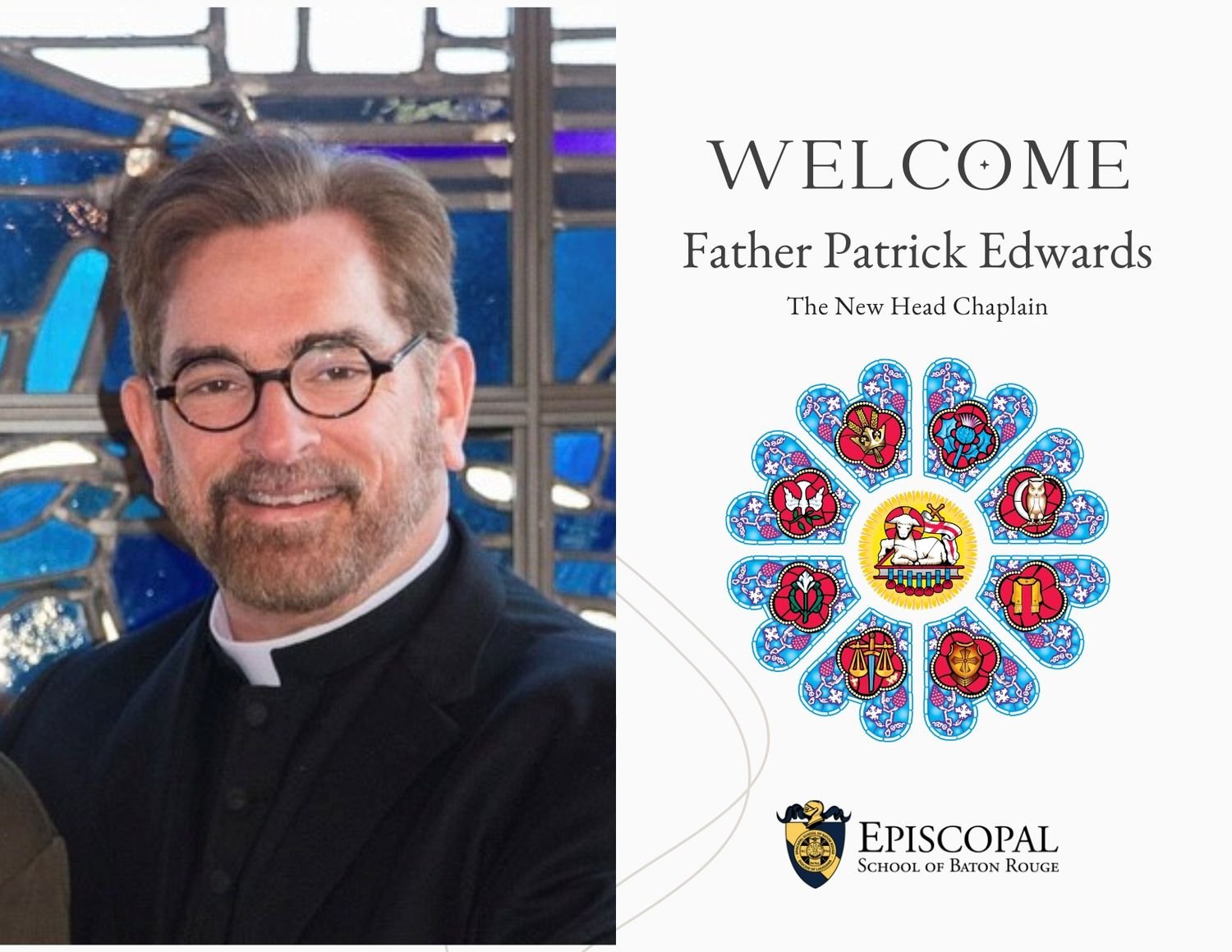 May16Episcopal Welcomes Father Patrick Edwards as New Head Chaplain
May16Episcopal Welcomes Father Patrick Edwards as New Head ChaplainLearn more about new Episcopal Head Chaplain Father Patrick Edwards.
See Details May16Lower School Happenings - May 2024
May16Lower School Happenings - May 2024There's excitement and joy in Lower School as students wrap up the school year. Check out the latest projects.
See Details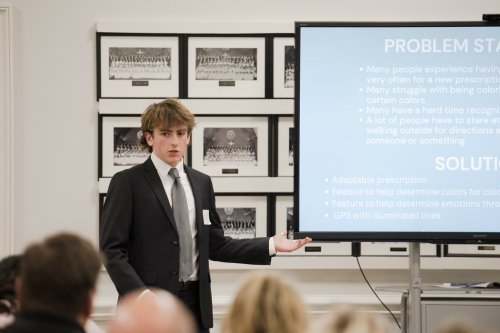 May16Future Business Leaders Benefit from Spring Lessons/Community Support
May16Future Business Leaders Benefit from Spring Lessons/Community SupportEpiscopal students participated in two real-world learning experiences – the What’s Your Bright Idea? Episcopal Pitch Contest and the annual Burkenroad Reports Investment Conference.
See Details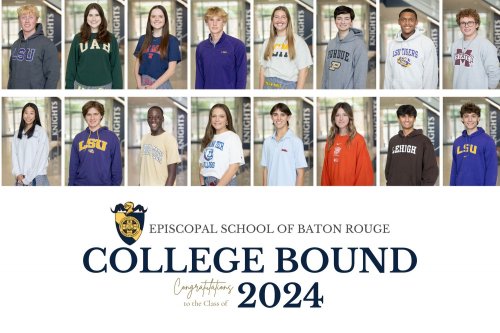 May8College Announcements 5.10.24
May8College Announcements 5.10.24Please join us in congratulating members of the Class of 2024 as they announce their college enrollment decisions.
See Details
Categories
- All
- Admission
- Athletics
- College Bound 2019
- College Bound 2020
- College Bound 2021
- College Bound 2022
- College Bound 2023
- College Bound 2024
- Counselors Corner
- Episcopal Alumni
- Giving
- Head Of School
- Lower School
- Middle School
- Spirituality And Service
- Student Work
- The Teachers' Lounge
- Upper School
- Visual And Performing Arts
Recent Articles
- 05/16/24Episcopal Welcomes Father Patrick Edwards as New Head Chaplain
- 05/16/24Lower School Happenings - May 2024
- 05/16/24Future Business Leaders Benefit from Spring Lessons/Community Support
- 05/8/24College Announcements 5.10.24
- 05/7/24Episcopal's Addisyn Botos Will Continue Track & Field at Southern Miss
- 05/7/24Spring Sports Success!
- 05/3/24Episcopal Audiences Wowed by "The Children of Willesden Lane"
- 05/3/24Service Learning & Community Impact Students Share Thoughts on Earth Day
- 05/2/242024 Mums of Alums Luncheon Draws Large Crowd of Supportive Mums
- 05/2/24College Announcements 5.3.24








